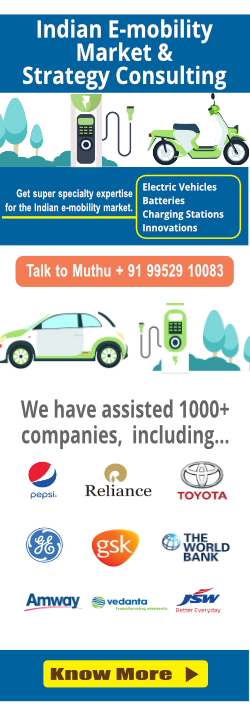Cost-Efficient Electrolysis and Liquid Hydrogen Storage for Future Renewable Energy
Here’s an article written in PV Magazine that tells you about a recent study which reveals cost-efficient electrolysis for more future renewable energy systems.
According to the study by the VTT Technical Research Centre of Finland,
- Hydrogen is a significant energy source in future renewable energy systems.
- Electrolysis is cost-efficient in all studied climates for hydrogen production.
- Hydrogen is not significant for direct power generation but important for hard-to-electrify sectors.
- In regions without cavern storage, liquid hydrogen could be used for energy storage.
- Electrofuel storage is important in all systems, with the highest capacity in the northern Hemiboreal system.
Other Important Key takeaways from the article are:
- Efficiency of Electrolysis Across Climates: Research from the VTT Technical Research Centre of Finland highlights that electrolysis is a cost-efficient technology for producing hydrogen in various climates, including northern Hemiboreal regions. This is crucial for creating energy systems that are based on renewable power.
- Impact of Storage and Transport: The lack of geological storage (like caverns) does not significantly affect the feasibility of hydrogen as an energy carrier but increases costs by about 5.5%. Alternative storage methods like ammonia and liquid hydrogen are considered important in such cases.
- Hydrogen’s Role in Energy Systems: While direct use of hydrogen for power generation is generally low, it is vital for sectors that are difficult or costly to electrify directly. This highlights hydrogen’s importance as a flexible energy vector in diverse energy systems.
- Development of Hydrogen Projects: Multiple international projects and agreements are underway to boost hydrogen production:
- Fusion Fuel is developing a green hydrogen project in Zaragoza, Spain, aimed at integrating solar energy with hydrogen production for mobility.
- AW-Energy and Kaoko Green Energy Solutions plan to produce green hydrogen in Namibia using wave energy.
- CWP Global and Hydrogenious LOHC Technologies are studying the feasibility of a hydrogen transport chain from Morocco to Europe.
- Corporate Partnerships and Expansions:
- Nikola Corporation and Voltera are developing hydrogen refueling stations across North America.
- EWE and Salzgitter have signed an agreement where EWE will supply green hydrogen for Salzgitter’s low-carbon steel production.
Some of the interesting questions we have regarding this stuff:
- How do the efficiencies of electrolysis systems vary between different climates, particularly comparing extreme cold and hot climates? Given that the VTT Technical Research Centre of Finland found electrolysis cost-efficient in northern Hemiboreal regions, how does it perform in tropical or desert environments?
- What are the specific challenges and technological requirements for converting and storing hydrogen in forms like ammonia and liquid hydrogen? Considering these forms are crucial for regions lacking geological storage, how do their costs and safety measures compare to traditional methods?
- With the ongoing development of hydrogen projects worldwide, such as the integration of solar and wave energy in Spain and Namibia respectively, what are the projected impacts of these projects on local economies and energy infrastructures? How do these projects influence global energy markets and geopolitical dynamics?
Interestingly, we have some other posts related to this content:
Green Hydrogen and Electrolysis – For Net-Zero Emissions: Matthey discusses hydrogen’s role in decarbonization, electrolysis process for green hydrogen production, and the growing market demand for sustainable hydrogen. Green Hydrogen Production: Methane Electrolysis Technology by Graforce: This post discusses the innovative ‘methane electrolysis’ technology introduced by Graforce at the International LNG Congress 2023. “New Hydrogen Storage Technology By CSIRO & Electrochemical Technologies Group” – This post discusses a hydrogen storage technology developed by the CSIRO Thermal and Electrochemical Technologies Group that aims to reduce the cost of hydrogen storage and delivery. “Green Hydrogen Storage for Buildings with HPS Technology” – This post highlights Home Power Solutions’ patented HPS technology, which is the world’s first green hydrogen-based, year-round electricity storage system for buildings available on the market.








